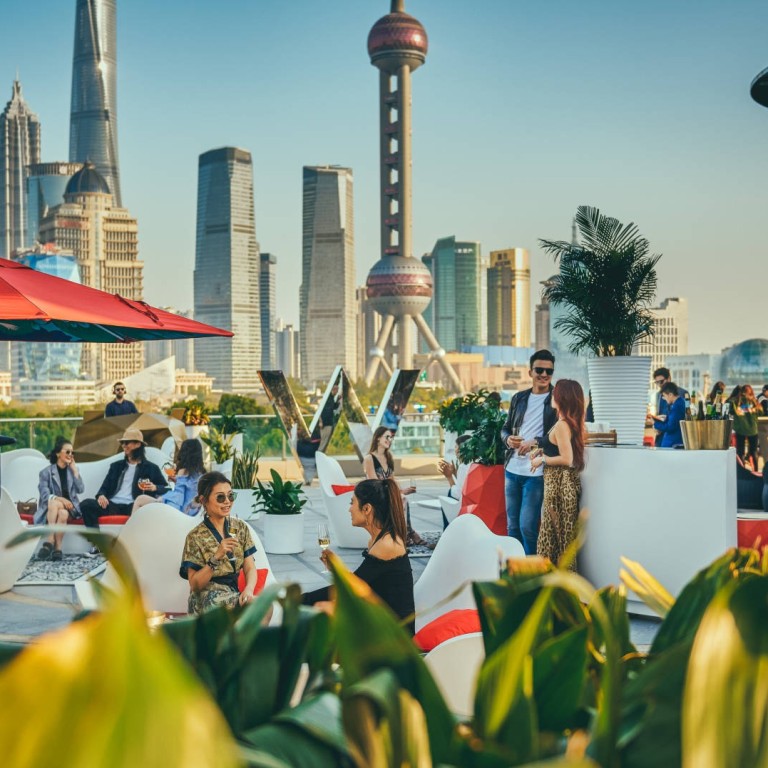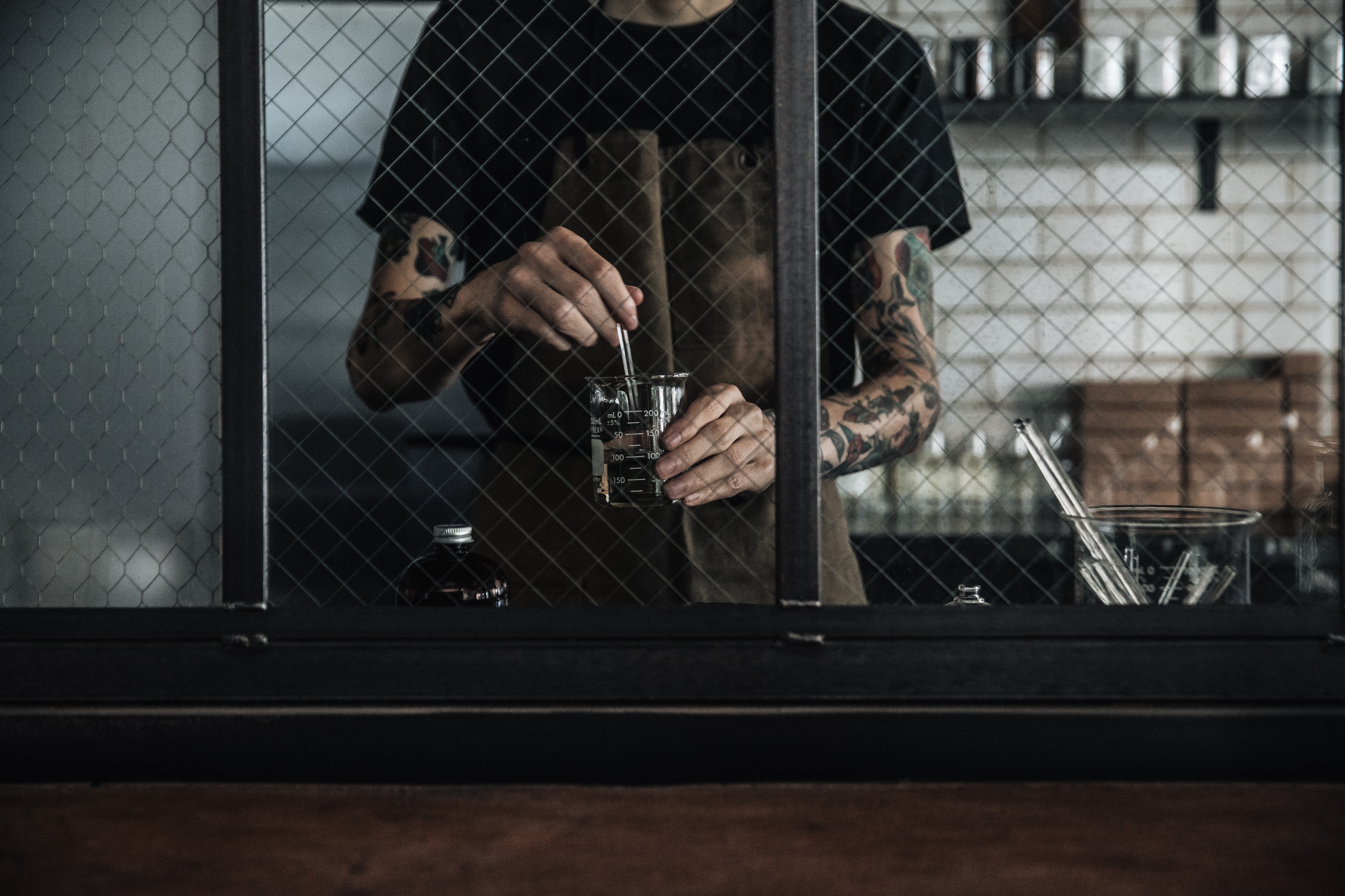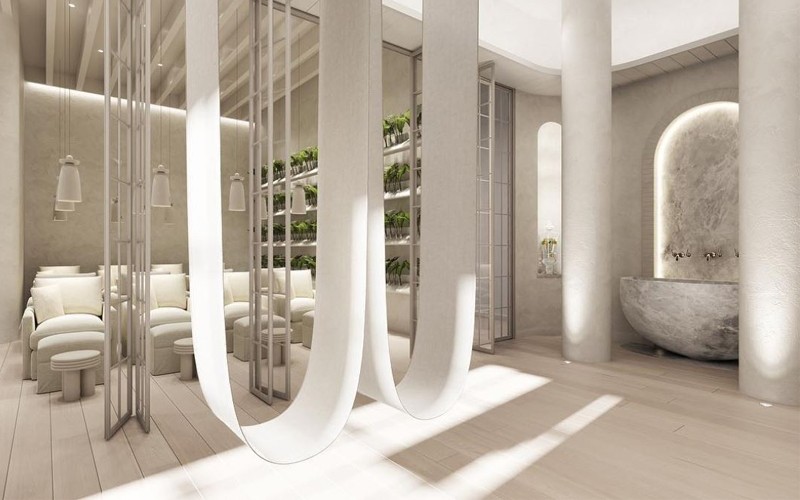Why are China’s big hotels getting it so wrong when it comes to giving the millennial brunch crowd what they want?

Some big names seem unable to adapt to the new brunching desires of China’s affluent millennials – where are they going wrong?
In first-tier cities around China, a weekend brunch has long been a staple of high-end living. Few cities around the world do brunch quite like Shanghai. It’s not just the quantity and quality of options, but something to do with the “sin city” nature of the place: indulgence, gorging, excess. A big night out boozing followed by lashings of eggs, champers, dim sum, tea, bloody Mary, burgers and the Joey Tribbiani favourite – “fried stuff with cheese”.
Lifestyle-wise, it’s true that fitness and exercise is growing in Shanghai, and yoga – or at least taking a photo in a yoga class – is popular come the weekend. Some hop on a plane and post pics of “here are my legs by a pool” on WeChat and so forth. Yet for those remaining in the smog for the weekend, a full-on brunch with a bounty of benedict and bubbles is a staple of luxe life in China’s high-achieving hub.
From 2005-2015, brunch buffets were under the sole purview of the city’s 5-star hotels. Since then, Shanghai’s dining scene has upgraded dramatically from the dark days when we had but one Wagas, had to chase the one Blue Frog around as it closed and opened in different locations, and got excited at Element Fresh opening a second location.
While lots of things have changed since then, some of the big hotel names are still living in the past, unable or unwilling to adapt to the new desires of China’s affluent brunching crowd. Where are they going wrong? Where do we start …
The food: too ‘buffet’
The buffet concept itself is so 2005. Today’s new generations of diners don’t want to queue for trays of food that is slowly cooling to room temperature – who does?; they want something specially created and personally plated for themselves. They want something that pops on social media. They want something with the latest trendy ingredients from kombucha to gojuchang.
The alleged excitement of a live cooking station isn’t enough; they don’t want to get up and wander around like a lost soul. They want the menu experience: being taken through a soulful series of tempting choices that are described in wording that’s as quirky and cool as they are, and visual design that gets them in the mood. What mood? Excited for what’s about to arrive, for what they are about to taste and are about to be able to share on WeChat and Instagram.
One venue that combines huge choice with recognised and favourite signature dishes is Mr & Mrs Bund. Chef and creator Paul Pairet said that “When I opened, the original idea was, ‘Why not do a Western restaurant in the same pattern as a Chinese restaurant?’. That is to say opening up à la carte in a venue which is not much larger than any normal restaurant, but allows us to do 350 recipes on the first menu.”
There’s a good chance diners will opt for the classics such as teriyaki short rib, the shrimp in a jar and the lemon-lemon dessert. They also have a wide range of further secondary choices that will keep them coming back.
The environment: too big








